Nicolaus Copernicus (1473 – 1543) was a Polish astronomer who is most famous for his contribution in establishing the heliocentric nature of the Solar System. His theory led to the Copernican Revolution, which is considered as the launching point of modern astronomy and the Scientific Revolution. Copernicus was a polymath with expertise in a wide variety of fields including medicine, governance and economics. He served as a priest at the Frombork Cathedral and as an administrator in Allenstein. Here are the 10 major accomplishments and achievements of Copernicus including his discoveries in science, and economic theories.
#1 HE WAS THE LEADING PHYSICIAN IN WARMIA
Nicolaus Copernicus studied medicine at the University of Padua, Italy from 1501 to 1503. After receiving his license to practice medicine in 1503, he returned to Warmia in northern Poland where he spent most of his adult life. In 1507, Copernicus was appointed private physician to the Prince-Bishop of Warmia, who at that time was his maternal uncle Lucas Watzenrode. After the death of his uncle in 1512, he went on to serve in the same capacity to four more Warmian bishops. Copernicus was famous as a physician and was even summoned by Duke Albert of Prussia when one of his counsellors fell seriously ill.
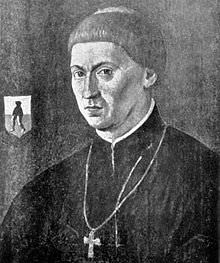
#2 HE WAS CHANCELLOR OF FROMBORK CATHEDRAL CHAPTER
In 1503, apart from his license to practice medicine, Nicolaus Copernicus also received his doctorate in canon law from the University of Ferrara, Italy. Copernicus was a priest or canon at Frombork Cathedral from 1512 – 16 and 1522 – 43. Holding the office of canon, he travelled extensively on government business and as a diplomat on behalf of the Prince-Bishop of Warmia. In canon law, a cathedral chapter is a college of priests formed to advise the bishop. In 1511, Copernicus was made the Chancellor of the Chapter of Frombork Cathedral in Poland. He served in this position for several years at various times.

#3 He SERVED AS AN ADMINISTRATOR IN ALLENSTEIN
During 1516 – 19 and 1520 – 21, Nicolaus Copernicus was an administrator at the town of Allenstein (modern Olsztyn) in Warmia. During his terms as administrator, Copernicus carried out numerous rural inspections and settled the unsettled areas in the Chapter’s estates. In this period (1516 – 21), he wrote a manuscript titled Locationes mansorum desertorum (Locations of Deserted Fiefs) with a view to populating those fiefs with industrious farmers to bolster the economy of Warmia.
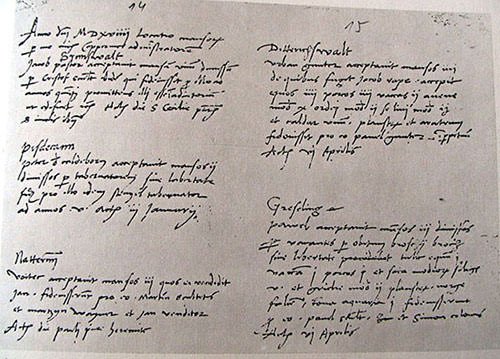
#4 HE ORGANIZED POLISH DEFENsE DURING SIEGE OF ALLENSTEIN
During the Polish–Teutonic War (1519 – 21), the Teutonic Knights invaded Warmia in December, 1519. They besieged Frombork and burned the whole town including the house of Copernicus. Copernicus moved to Allenstein where he was given charge of protecting the town. He improved fortifications, stockpiled food and supplies, and sent letters for help to men in power. The Teutonic Knights laid siege on Allenstein in January 1521 and demanded Copernicus to surrender, but he refused. They launched their assault on the town but it was successfully repulsed under the direction of Copernicus. The knights were forced to withdraw and Copernicus later represented the Polish side in the armistice negotiations.
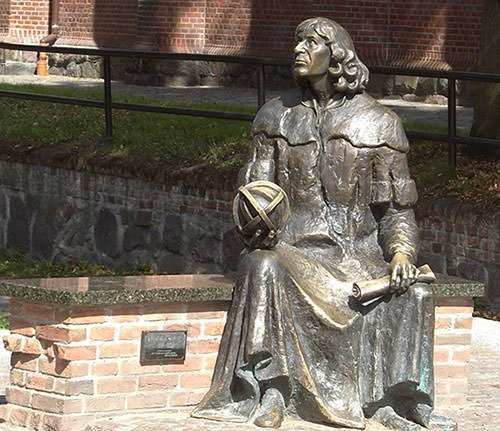
#5 HE INDEPENDENTLY ARRIVED AT THE GRESHAM’S LAW IN ECONOMICS
King Sigismund I of Poland asked Copernicus to contribute towards monetary reforms. This led to Copernicus delivering the paper Monetae cudendae ratio (On the Minting of Coin) to the Royal Prussian Assembly in 1522 (published in 1526). This paper on coinage contains what is now known as Gresham’s law. First set forth around 150 years earlier by Nicole Oresme, the law is named after Thomas Gresham who arrived at it around a century after Copernicus. Gresham’s law states that “bad money drives out good”. Unlike good money, bad money is money whose actual value is considerably lower than its face value. The law, which has proven to be right, states that it is impossible to circulate good and bad coins together as the good coin is hoarded, melted down or exported while the degraded coin alone remains in circulation.
#6 He FORMULATED THE QUANTITY THEORY OF MONEY
The most impressive achievement of Copernicus in economics is considered the Quantity Theory of Money (QTM), which he derived in 1517. What is astounding is that he arrived at the theory without the stimulus of an inflationary influx. QTM states that money supply has a direct, proportional relationship with the price level. Thus if the circulation of money is increased then there will be a proportional increase in the prices of goods. QTM was very popular in the 1980s and was used by major economies including U.S. under Ronald Reagan and Great Britain under Margaret Thatcher. It remains a principal concept in economics.

#7 he IS CONSIDERED THE FOUNDER OF MODERN ASTRONOMY
Though he spent the major part of his life performing church duties and practicing medicine, Copernicus had developed an early interest in astronomy and throughout his life he performed astronomical observations and calculations. Copernicus made astronomical observations with the naked eye and it was half a century later that Galileo became the first person to study the skies with a telescope. For his revolutionary contribution in the field, Nicolaus Copernicus is regarded as the Founder of Modern Astronomy.
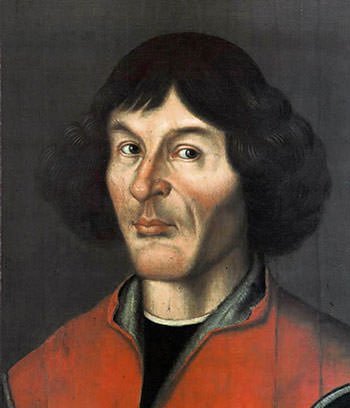
#8 HIS WORK ESTABLISHED THE HELIOCENTRIC MODEL
At the time of Copernicus, and even many years after his death, Ptolemy’s geocentric model of the universe was widely accepted. It considered Earth to be motionless and put it at the center of the universe with celestial bodies revolving around it. Nicolaus Copernicus put forward an early version of his revolutionary heliocentric theory in his 1514 work Commentariolus (Little Commentary). His heliocentric model put the Sun at the center of the Solar System with the Earth as one of the planet revolving around the fixed sun, once a year, and turning on its axis once a day. Though similar models had been put forward by a few astronomers, most notably Aristarchus of Samos, Copernicus’s solar system was more detailed and provided a more accurate formula for calculating planetary positions.
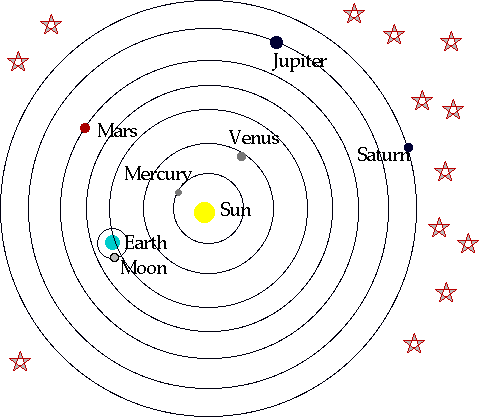
#9 HIS HELIOCENTRIC MODEL LAID THE FOUNDATION OF THE SCIENTIFIC REVOLUTION
The work of Copernicus that would displace the 1200 year old geocentric model of Ptolemy was published in 1543, the year of his death. De revolutionibus orbium coelestium (On the Revolutions of the Heavenly Spheres) didn’t sell well on its release but is now considered a path breaking work in astronomy. Over the next century, astronomers like Galileo Galilei and Johannes Kepler built upon the model of Copernicus, till Isaac Newton removed the last doubts about the validity of the heliocentric nature of the Solar System with the publication of Principia (1687). This period, from the publication of De revolutionibus to that of Principia, is known as the Copernican Revolution. It is considered as the launching point of modern astronomy and the Scientific Revolution.
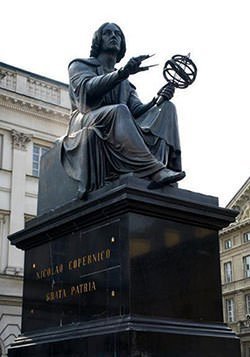
#10 He ACHIEVED EXPERTISE IN A WIDE VARIETY OF FIELDS
Nicolaus Copernicus was a polymath or a person with expertise in a number of fields. Apart from being one of the leading astronomers of all time, he was a Catholic cleric, physician, mathematician, classical scholar, translator, jurist, governor, diplomat and economist. Copernicus actively participated in the political and economic life of Royal Prussia. He prepared maps for the royal council congress including that of Warmia; and the Kingdom of Poland and Lithuania. Copernicus also had interest in art and painted a self-portrait.

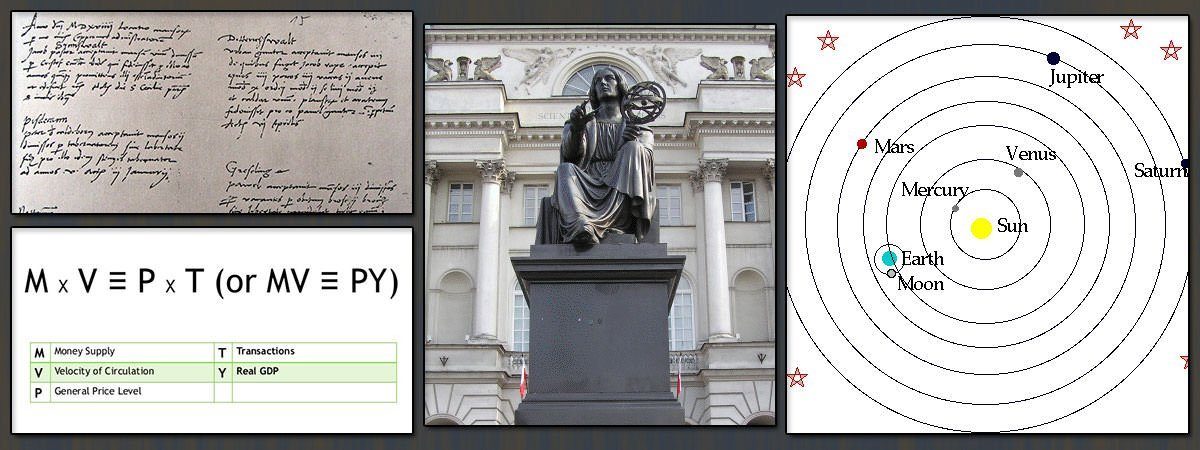
nicolaus copernicus discovered that the planets revolvolved around the sun soo he discovered a lot of things not just a fat lie soo dont talk if you dont now TITUS!!!!!
wow
Sounds like he didn’t do anything…. except make up a big fat lie